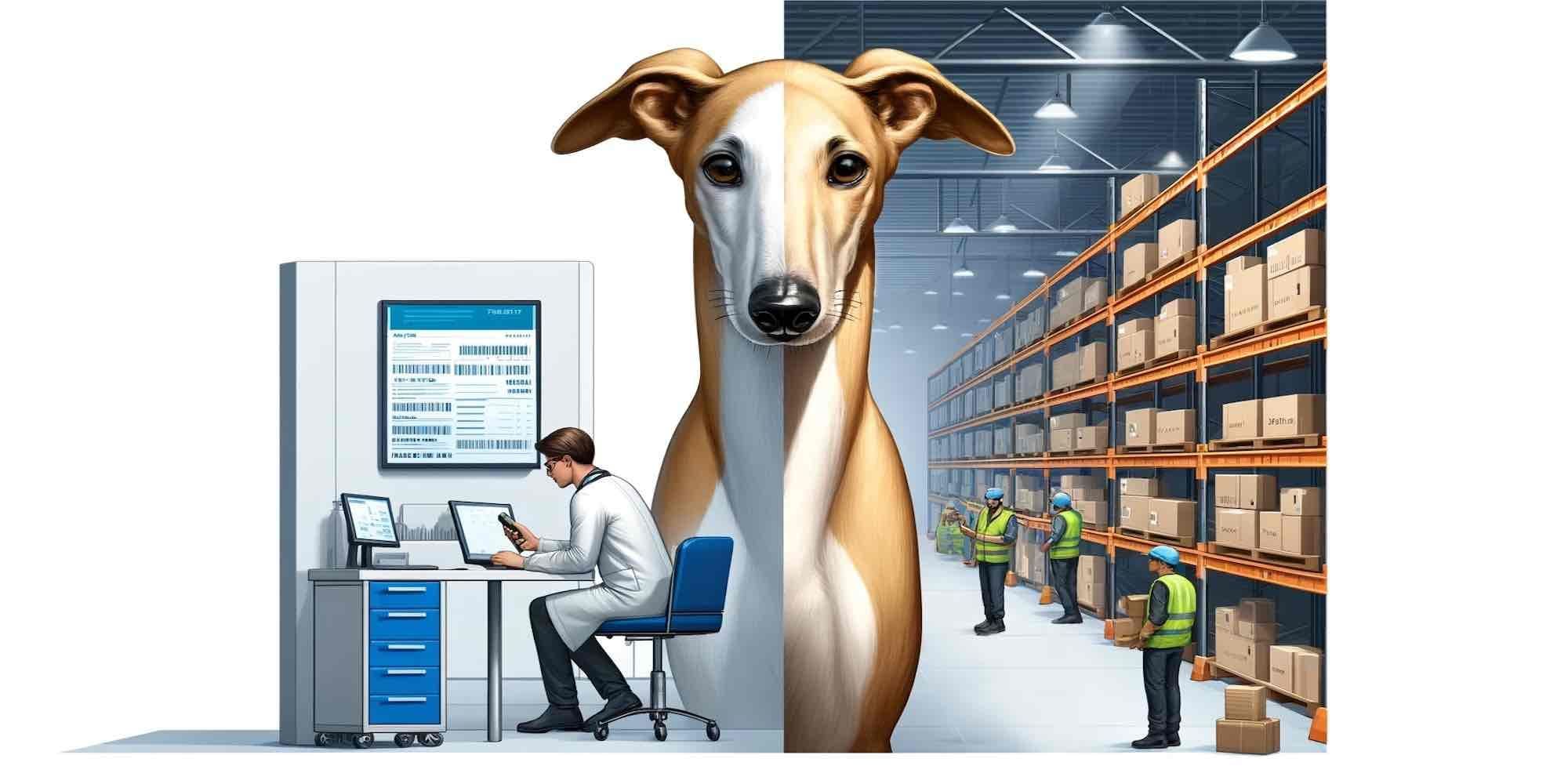Do you need asset tracking in your company?



Asset tracking is a process helping businesses keep track of their physical or virtual assets. Asset tracking monitors the location and status of your assets, as well as to track their utilization. Some examples of assets are equipment, tools, inventory, and software. Asset tracking can provide several benefits, including:
- Improved asset utilization
- Reduced downtime
- Increased security
- Reduced theft
- Improved inventory management
Asset tracking software can help businesses keep track of their inventory and assets. The software tracks how many assets are on hand, their location, and what condition they are in. This information helps companies make decisions about when to order new supplies, how to deploy assets, and how to best maintain them. Asset tracking software can also help businesses keep track of the value of their assets over time. This information can be used for financial reporting and tax purposes.
What are Your Organization’s Core Asset Tracking Needs?
Asset tracking software can provide a lot of different features and benefits, but not all of them will be relevant or useful for every organization. Before making a purchase, it’s important to sit down and think about your company’s specific needs and requirements. What assets do you need to track and what information do you need to be able to see? What kinds of features would make asset tracking easier and more effective for your team? Knowing the answers to these questions will help you narrow down your options and choose the right software for your business.
How Large is Your Organization?
The size of your company will play a big role in determining which asset tracking software is right for you. If you have a small business with only a few hundred assets, you’ll likely be able to get by with a less feature-rich and lower-priced solution. On the other hand, if you have a large enterprise with thousands of assets spread across multiple locations, you’ll need a more robust and powerful solution that can handle all your tracking needs. It is rare to find a solution that is feature-rich and lower-priced to fit various sizes of organizations.
What is Your Budget for an Asset Tracking Software?
Asset tracking software solutions can vary widely in price, from a few hundred dollars to several thousand dollars. Before making a purchase, it’s important to determine how much you’re willing to spend on asset tracking software. Once you have a budget in mind, you can start comparisons between different solutions to see which ones fit into your price range.
What Kinds of Features are Important to You?
As we mentioned earlier, asset tracking software can offer a lot of different features and benefits. When you’re evaluating different solutions, it’s important to consider which features are most important to you and your organization. Do you need real-time tracking? Are alerts and notifications necessary? Would barcoding or RFID tagging be helpful? Make a list of the must-have features for your business and use it as a guide when comparing different software solutions.
There are a few different features asset management software offers to meet the specific needs of a company. Some of the main features of asset management software include:
- Asset tracking: This is the most basic function of asset management software, and it simply involves keeping track of all the assets owned by a company. Done manually or with RFID tags or other tracking devices.
- Asset utilization: This allows companies to see which assets are being utilized. This information helps make decisions about where to allocate resources and how to best utilize existing assets.
- Maintenance and repair: Asset management software tracks maintenance and repair records for assets. This information helps plan future maintenance needs and avoid unexpected repairs.
- Reporting: Asset management software typically includes reporting tools that allow companies to generate reports on their asset usage and performance. This information improves asset utilization and helps you make better decisions about where to allocate resources.
Successful Example of Asset Tracking
If you’re looking for a successful example of asset tracking, look no further than UPS. The global shipping company uses an extensive system to track its millions of packages as they travel around the world. By using GPS and other tracking technologies, UPS is able to keep tabs on every package and ensure that it arrives at its destination on time.
UPS isn’t the only company that uses asset tracking. Many businesses, both large and small, have found that tracking their assets can be a major boon to their operations. By knowing where your assets are always, you can avoid costly losses and disruptions to your business.
Before You Implement
If you’re considering implementing an asset tracking system in your own business, there are a few things you need to keep in mind. First, you’ll need to choose the right technology for your needs. There are a variety of different tracking technologies available. So it’s important to select one that will work well for your business.
Second, you’ll need to develop an effective asset tracking strategy. This involves identifying which assets are most important to track, determining how often to track and how you plan to implement the system.
Once you have a plan in place, you can start implementing the tracking system and begin reaping the benefits.
Learn more about Sitehound Asset Tracking here.



